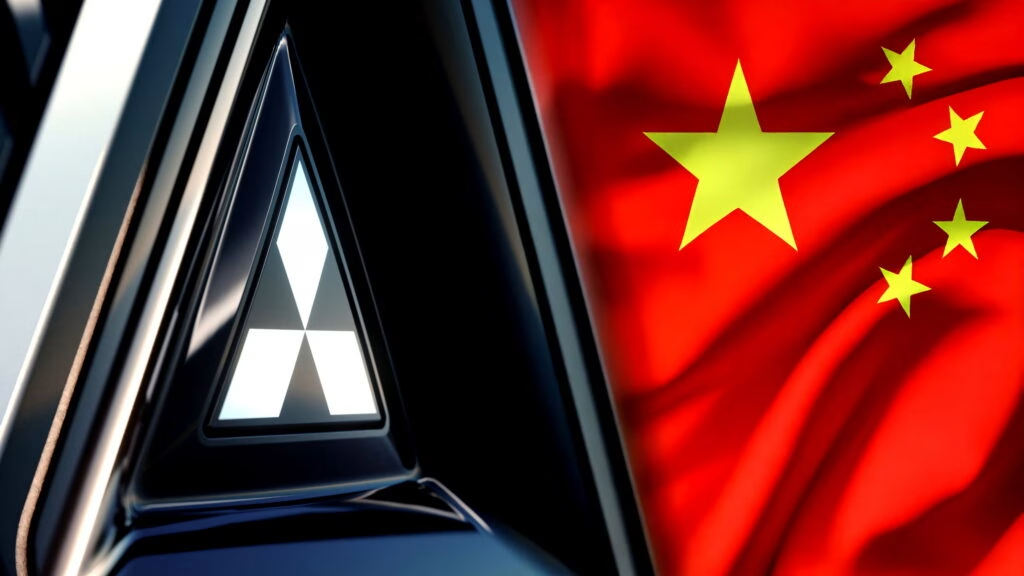Why Did Mitsubishi Decide to Leave China After Decades of Business?
Mitsubishi’s exit from China isn’t just a headline—it’s a seismic shift for a brand that once saw the world’s largest auto market as a cornerstone of its global ambitions. So, what pushed this Japanese automaker to call it quits after nearly thirty years? In short: a perfect storm of rapid industry change, fierce local competition, and mounting financial headwinds.
Let’s break it down. Mitsubishi started producing cars in China back in 2012 through a joint venture with GAC, and for a while, things looked promising. At its peak, the partnership sold around 144,000 vehicles annually, with the Outlander SUV leading the charge. But the ground shifted fast. Over the past decade, Chinese automakers have raced ahead, especially in the electric and hybrid segments. Homegrown brands like BYD and Geely have not only captured local loyalty but also set the pace for innovation and affordability.
Mitsubishi, meanwhile, struggled to keep up. The company’s traditional strengths—reliable combustion engines and rugged SUVs—just didn’t resonate as strongly in a market pivoting hard toward new-energy vehicles. By 2023, Mitsubishi had already pulled out of its GAC joint venture, and the writing was on the wall.
How Did Tariffs and Profit Losses Accelerate Mitsubishi’s Exit?
If the competitive landscape wasn’t enough, the financial picture made things even tougher. In the first quarter of 2025, Mitsubishi reported an 84 percent plunge in operating profits compared to the previous year. That’s not a typo—84 percent. A major culprit? Tariffs. Trade penalties cost the company a staggering 14.4 billion yen (about $97 million), slashing its quarterly operating profit to just 5.6 billion yen, or roughly $35.5 million.
These numbers aren’t just accounting details—they’re existential threats. For a company already on the ropes in China, the added burden of tariffs made it nearly impossible to justify continued investment. Even as the United States and Japan recently agreed to reduce tariffs from 25 percent to 15 percent, the relief came too late to change Mitsubishi’s course in China.
What Happened to Mitsubishi’s Joint Ventures and Local Partnerships?
Mitsubishi’s departure wasn’t just about pulling the plug on car sales. Earlier this year, the company ended its long-standing joint venture with Shenyang Aerospace Mit. Engine. Mfg. Ltd, which had been building engines for both Mitsubishi and several Chinese brands since 1998. That’s a partnership spanning more than two decades—now dissolved and renamed as Mitsubishi bows out.
This move signals more than a business decision; it’s a recognition that the landscape Mitsubishi once helped shape has fundamentally changed. The rapid transformation of China’s auto industry, especially the meteoric rise of domestic brands and the government’s push for electrification, left little room for foreign players who couldn’t adapt at lightning speed.
How Are Mitsubishi’s Other Global Markets Faring?
With China off the table, where does Mitsubishi turn? The company’s strongest market remains Southeast Asia, but even there, sales slipped 8.5 percent in the first quarter of 2025, down to 54,000 vehicles. North America, on the other hand, has become a surprising bright spot. Sales in the region rose 5 percent year-over-year, though this growth was driven by Mexico and Canada rather than the US.
It’s a reminder that global automakers need to stay nimble. Markets that once seemed like sure bets can shift overnight, while new opportunities can emerge in unexpected places. Mitsubishi’s experience underscores the importance of diversification and the risks of relying too heavily on any single region—especially one as dynamic and unpredictable as China.
What Does Mitsubishi’s China Exit Mean for the Future of Foreign Automakers?
Mitsubishi’s story is a cautionary tale, but it’s also a sign of the times. The Chinese auto market is no longer the easy win it once was for foreign brands. According to data from the China Association of Automobile Manufacturers, domestic brands now account for over 50 percent of passenger car sales, a figure that’s only expected to grow as electric vehicles become the norm.
Foreign automakers face a stark choice: double down on innovation and localization, or risk being left behind. Some, like Tesla and Volkswagen, have invested heavily in local production and R&D, hoping to stay relevant. Others, like Mitsubishi, have decided the uphill battle just isn’t worth it.
The big takeaway? Navigating global markets isn’t about perfection—it’s about smarter adjustments. Start with one change this week, and you’ll likely spot the difference by month’s end.

